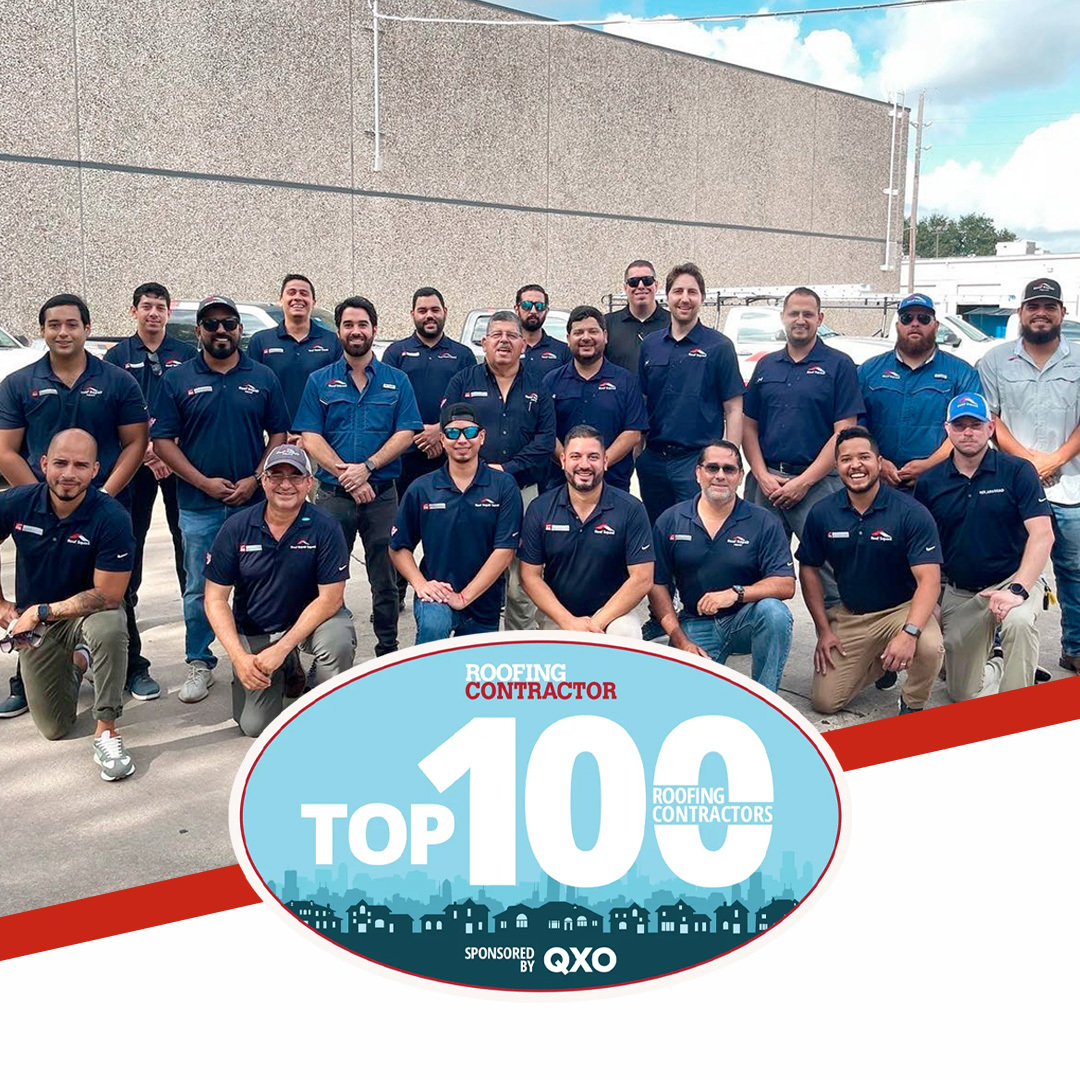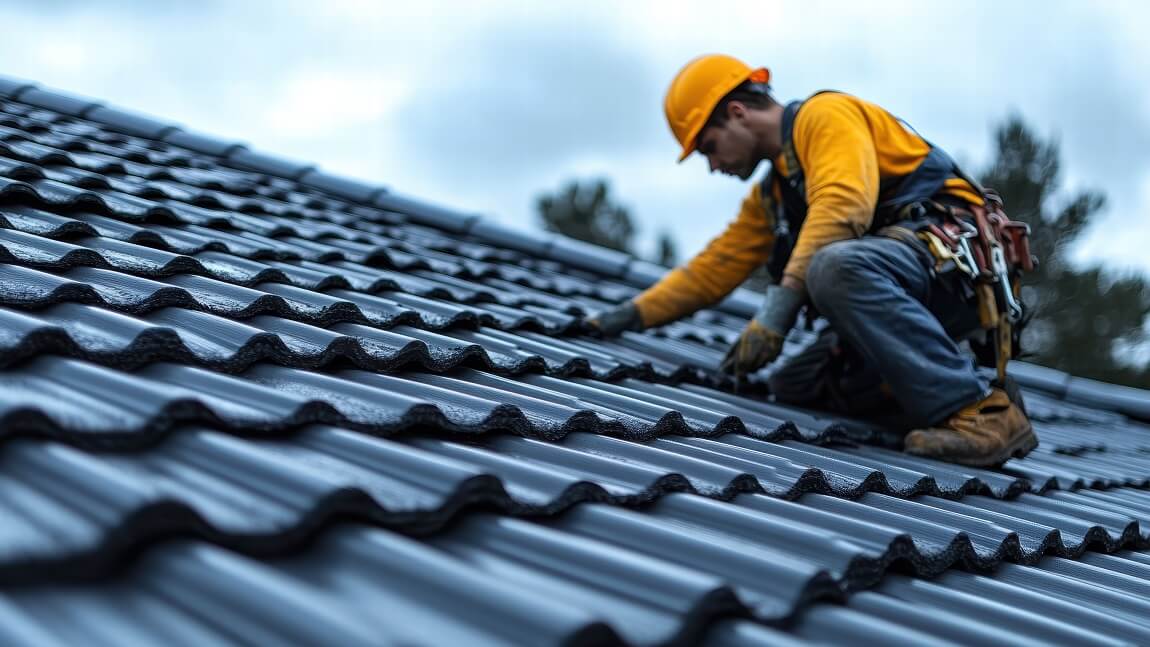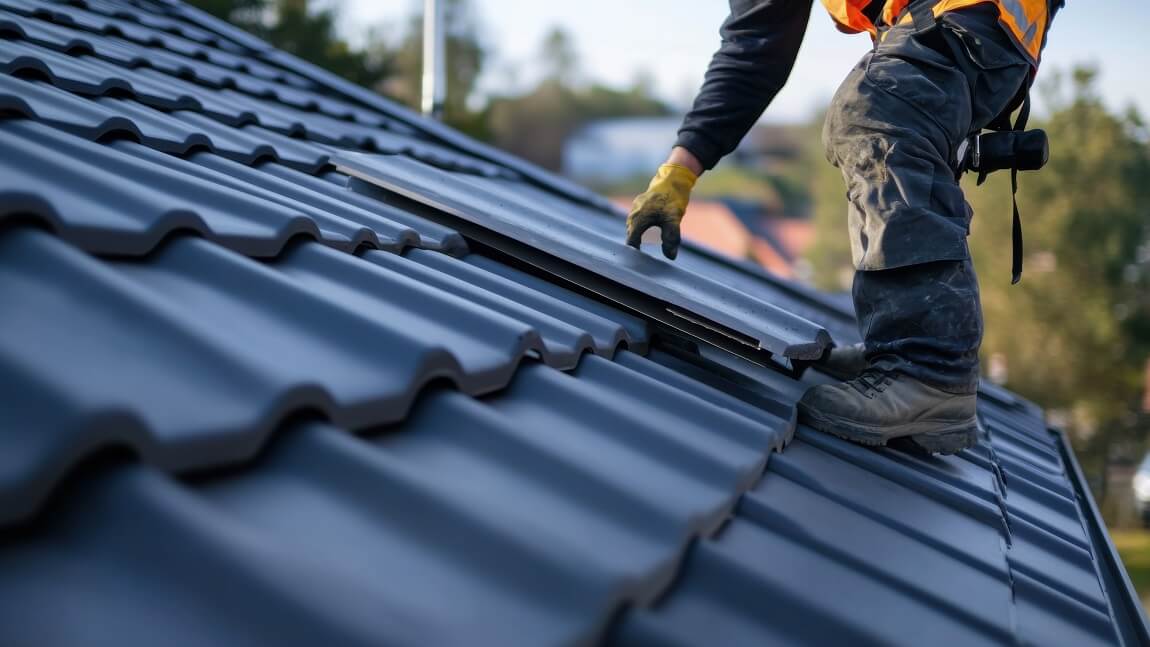Critters may look harmless, but their presence on your roof can lead to costly repairs. From chewing through shingles to nesting in gutters, animals like squirrels, raccoons, and birds can cause extensive damage that compromises your home's protection and value. This is more than an inconvenience—it's a potential threat to your roof’s longevity.
Read on to learn the common ways animals damage roofs, how to spot the signs early, and the actionable steps to safeguard your home.
How Animals Damage Roofs
Animals can cause roof damage in surprising and varied ways, often targeting weak points or using their natural instincts to find shelter. Understanding these behaviors is the first step in preventing costly repairs.
Chewing and Tearing Materials
Rodents like squirrels and rats chew through shingles and wood, creating weak points that let water into your home. Over time, these small issues escalate into larger, costlier repairs.
Nesting in Gutters and Vents
Birds and smaller critters often see gutters and roof vents as perfect nesting spots. While seemingly harmless, these nests can block ventilation, cause moisture buildup, and even lead to mold growth. Clogged gutters may also lead to water pooling on your roof, further increasing the risk of leaks.
Heavy Foot Traffic and Structural Stress
Larger animals like raccoons and opossums can cause damage simply by climbing and walking across your roof. Their weight and movement can loosen shingles, dislodge tiles, and create structural vulnerabilities. If they gain access to your attic, the damage doesn’t stop at the roof—insulation and wiring can also be at risk.
Pecking Holes and Moisture Damage
Woodpeckers can create holes in wooden roofing materials while searching for insects or marking territory. These holes allow water to seep in, promoting rot and compromising the integrity of your roof over time.
Recognizing the Warning Signs
Here are some signs that you should watch for:
- Damaged shingles: Especially along roof edges where animals are likely to chew.
- Nesting materials: Twigs, feathers, or leaves near gutters and roof vents.
- Droppings or foul smells: Evidence of animal activity around the roof or attic areas.
- Unusual noises: Scratching or scurrying sounds from above, particularly at night.
- Visible gaps or holes: Openings in shingles, soffits, or vents that could serve as entry points.
Steps to Protect Your Roof
Preventing animal-related damage requires a proactive approach, combining regular maintenance with targeted protective measures. Here’s how you can fortify your roof against unwelcome intruders.
Trim Overhanging Branches
Tree branches provide easy access for animals to reach your roof. Keep them trimmed back at least six feet to discourage climbing critters.
Secure Vulnerable Areas
Seal off entry points with vent covers, chimney caps, and soffit screens. Repair any loose tiles or shingles to prevent easy access.
Regular Inspections
Conduct routine roof inspections, especially after storms or during seasonal transitions when animal activity increases. Spotting damage early can prevent extensive repairs later.
Clean Gutters Frequently
Ensure gutters and downspouts remain clear of debris to prevent nesting and water pooling. Regular cleaning minimizes the risk of mold and water damage.
Professional Help
If you suspect animal damage or see signs of intrusions, enlist professional roofing services to assess the situation. Repairs and reinforcements done by experts can save you time, money, and stress in the long run.
If you suspect roof damage from animals or need professional guidance, reach out to our team at Roof Squad. We can help safeguard your home with trusted roofing solutions; contact us today to learn more!

.jpeg)








